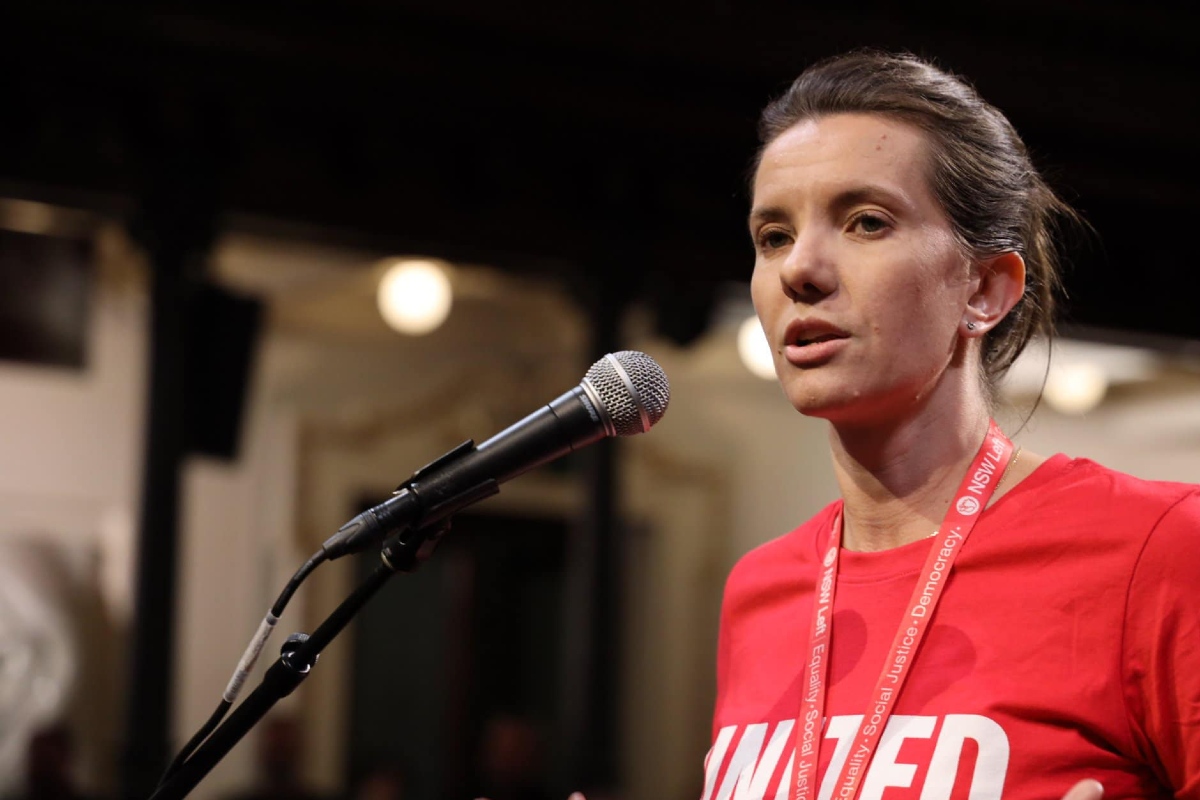
Labor’s win leaves public housing advocates hopeful but trepidatious

Image: NSW Labor Housing Minster Rose Jackson. Photo: Facebook/Rose Jackson.
By LAUREN FROST
Labor’s recent win in the state election has left many wondering what the implications could be for public housing in Sydney, particularly in the inner-city.
John Engeler, CEO of peak housing advocacy group Shelter NSW, said that the new government represents “not just a fresh start, but the opportunity for fresh eyes”.
As the housing crisis continues to impact Australians, the previous government has been criticised by opposing parties and housing advocates for the demolition and sell-offs of large swaths of public housing.

Engeler warned that as this new government takes power, NSW’s social housing stock is falling below the safety net of 5%.
“This is a failure of public policy,” Engeler said. “We call on the incoming NSW Government to urgently turn this around.”
In this vein, Shelter NSW has released 5 proposals for the new Labor Government and future minister. These are to:
-
Retain valuable land in public hands
-
Protect, expand, and improve the current stock of public housing (renovate don’t detonate).
-
Protect and support the thousands of public housing tenants currently living there (be a great landlord, NSW Government)
-
Ensure long-standing local Aboriginal communities are able to remain
-
and Create an exemplar community – a great place to live regardless of your income, age, physical ability, or cultural heritage
The specifics of Labor’s plan and whether or not these proposals will be adequately addressed won’t be fully realised until Ministerial portfolios are finalised. However, Labor did release a Housing plan as part of their election campaign revealing their policies on the matter.
MLC Rose Jackson has been names in Minns’ cabinet as Housing Minister, after serving as Shadow Housing Minister.
Labor’s Plan

In the lead up to the recent state election, Labor brought forward a promise of reformation for housing in NSW. As the housing waitlist comes to staggering highs (over 51,000 people), Labor announced a plan to merge social housing agencies under one roof, combining social housing construction, maintenance and tenant management into Homes NSW.
Labor would hence abolish the Land and Housing Corporation and the Department of Communities and Justice, which currently manage social and public housing in NSW. The intention of this merge is to deliver more housing options and limit the incidence of tenants needing to seek out several different departments for the resolution of simple issues that often fall through the cracks.
The currently overly bureaucratic process of relocation, repairs and management of public housing has been extensively criticised by tenants.
Density vs demand
The lack of infrastructure to support increased housing and population growth has long been a contested issue in the inner-city and was a hot button topic in the recent state election. In fact, the newly elected MP for Vaucluse, Kellie Sloane, made this a primary focus of her campaign.
“I have been a strong and consistent voice for protecting our community against inappropriate development” Sloane told City Hub ahead of the election.
“We need to keep pace with population growth; however, we already have one of the highest density populations in NSW,” she said.
Labor’s solution is to “Charge the Greater Cities Commission to review and rebalance population and housing growth by setting new housing targets matched to infrastructure, especially around Metro lines”.
Although, where exactly the line is drawn in terms of infrastructure and development remains uncertain under the newly elected state government and MPs.
30% target
Another major policy Labor listed in their Housing Pan was to “Introduce a mandatory requirement for 30 per cent of all homes built on surplus government land to be set aside for social, affordable and universal housing.”
Having a 30% affordable housing target certainly isn’t a novel premise and in fact, this policy came under fire by Minister for Infrastructure, Cities and Active Transport Rob Stokes for this reason.
“Labor’s target of 30 per cent affordable and diverse housing on land around train stations is something the Perrottet Government is already doing,” Stokes stated in a NSW Liberal news article in December last year.
The Liberal National Government committed to 30 per cent affordable and diverse housing in the Eastern Harbour City at urban renewal projects near Central Station, Redfern Station and Rozelle Bay. They also endorsed a Greater Cities Commission recommendation for 30 per cent social and affordable housing on Government-owned land.
Whilst Labor promising to make this 30% target a mandatory requirement is a step in the right direction, it’s nothing new or groundbreaking.










